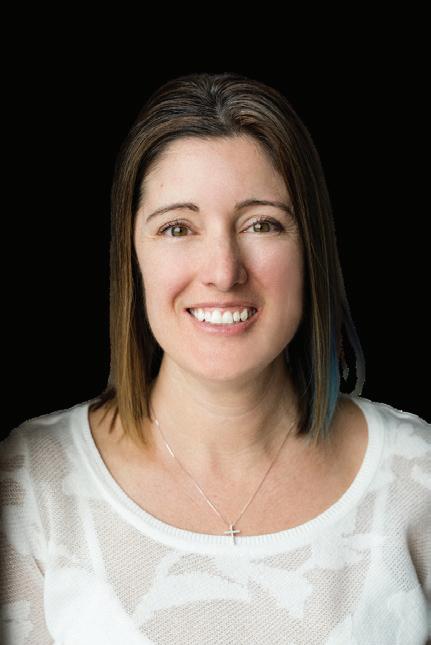
2 minute read
Organic dairy farmers ask for $9.2 million helping hand
BY ABBY CARROLL Community News Service

Eleven organic dairy farms in Vermont closed in 2021. The next year, 18 more followed. And this year, the Northeast Organic Farming Association of Vermont expects to lose another 28 farms.
That data — compiled by a state dairy task force and described to legislators recently — is why the association wants to see $9.2 million sent to organic dairy farmers in this year’s state budget.
Association leaders asked legislators for the one-time payment during a joint meeting of the House and Senate agriculture committees last Thursday. That total would compensate organic farmers for losses they have experienced because of fluctuating dairy prices, which the association says have grown only more chaotic in recent years.
The $9.2 million sum would be the equivalent of $5 per hundredweight payment for all organic

Sen. Bobby Starr Senate Committee on Agriculture producers’ production in 2022. Hundredweight is a measurement used in dairy markets that equals 100 pounds of milk.
Those testifying in support of the request did not specify at the hearing how the money would be distributed.
Farmers have been receiving $8-10 per hundredweight below the cost of production, according to the organic farmers association, leading to farms going out of business.
Jen Miller, the group’s farm services director, described in an interview how that trend — coupled with rising feed, fuel and labor costs since 2021 — has left many farmers unable to pay their bills or make payments on their loans.

Organic dairy farms started seeing lower payments in 2017, said Miller when speaking to lawmakers. That year farmers saw a decrease of $2-3 per hundredweight, and that continued to drop into 2020.
Last year, farmers’ situations were exacerbated by drought, inflation, rising production costs and supply chain issues.
“We’re getting to the point where the best managers are not able to squeeze more income or cut their expenses any more than they already have over the past five years,” Miller said in an interview.
Farm managers have tried de - creasing herd sizes and increase how much milk they milk from each cow to lessen the burden of the economic challenges, but they are running out of ways to stay afloat, Miller added.
“The loss of these farms to the state represents an economic loss, but it also represents a loss in terms of a culture, a way of life, and also a huge loss in terms of climate resilience,” said Maddie Kempner, the organic farming as- sociation’s policy director.

The Vermont Dairy Task Force found that, in 2021, when 11 farms closed, the state saw an economic loss of more than $41.5 million. In 2022, another $67.9 million was lost when 18 farms closed.
Along with the $9.2 million requested this session from the state, organic farm advocates want to see federal officials create a version of the U.S. Department see FARMERS page 14










